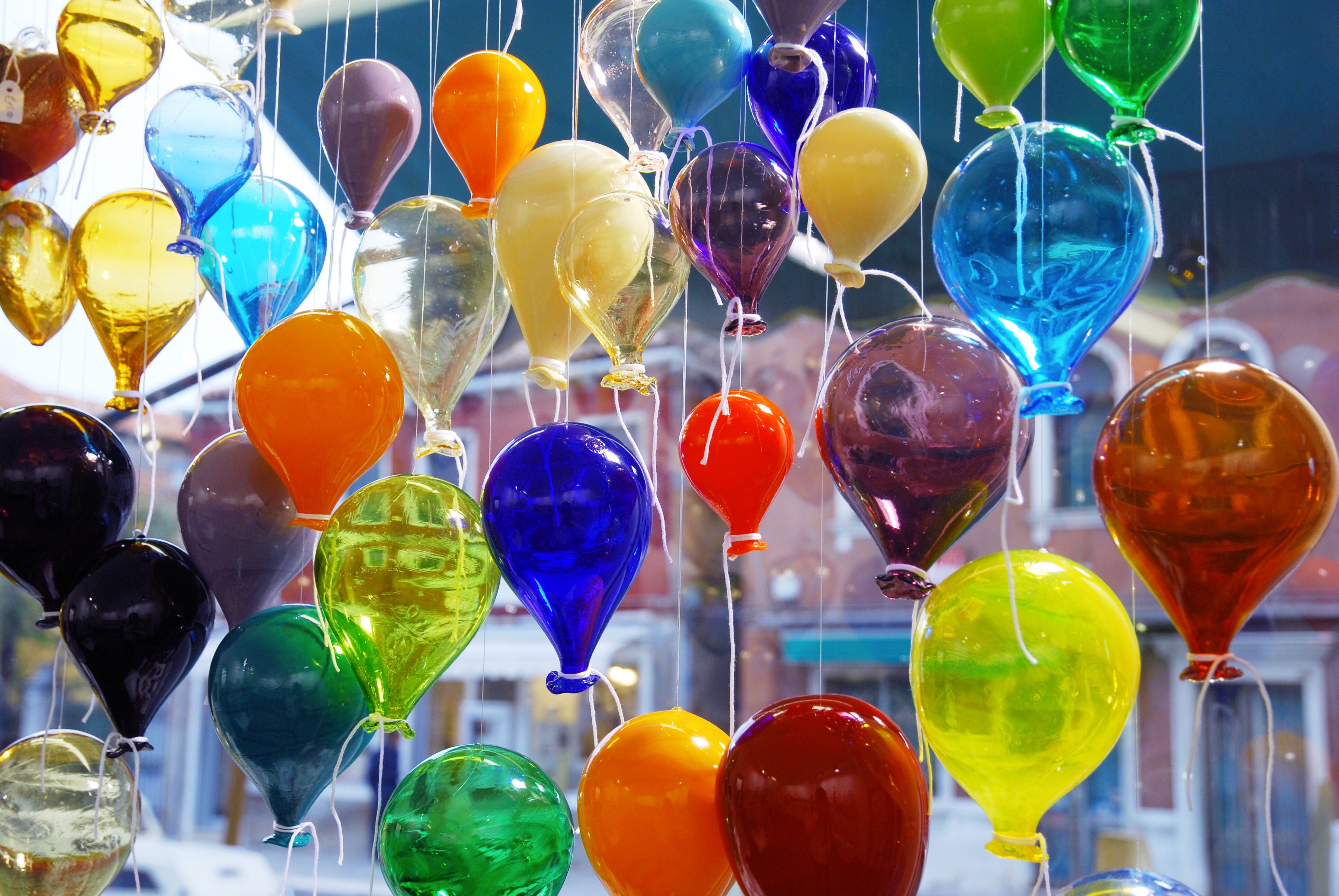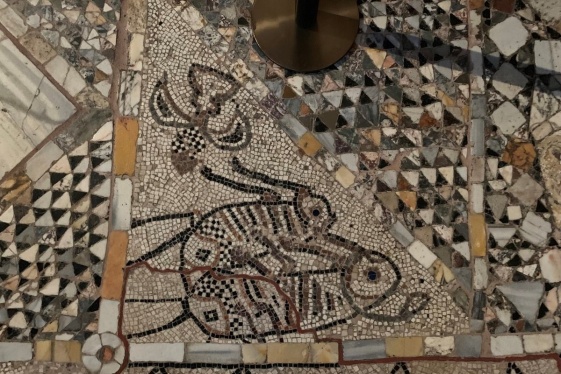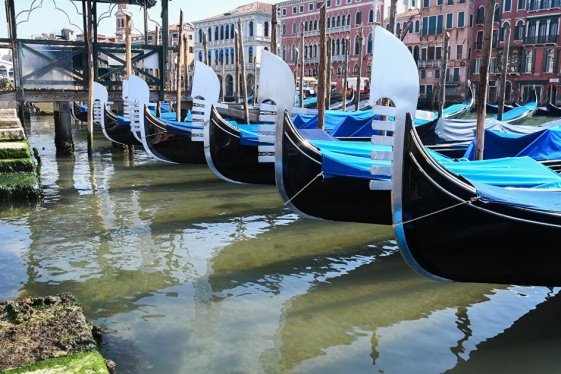

The first evidence of glassmaking activities in Venice dates back to 982 A.D., but it was in 1200 that the glassworks first became concentrated in Murano, creating refined products that were far removed from the rougher items produced by other European manufacturers.
Towards the year 1000, under the Venetian Republic, known as la Serenissima, all the kilns in the city of Venice were moved to this small island in the northern part of the lagoon to eliminate the possibility of fires destroying the city, and also to be able to protect the secrets of this process through its isolated geography.
The master glassworkers devised new and complex techniques such as filigree, incalmo (the grafting together of two blown glass bubbles) and ice effect. The formulators created chalcedony (variegated glass paste), lattimo (milk glass), aquamarine and ruby red, while the decorators specialised in painting polychrome glass and diamond tip engraving.
Thanks to these special procedures, Murano glass reached such a degree of purity that it earned the name of “crystal”, as an analogy with rock crystal. The field in which the inventiveness and skill of the glassmakers manifested itself most prominently is that of decorative vases, table sets, decorative objects and, in recent years, sculpture.
In our century, in addition to modelling by hand, mass-produced sculptures are now made using hot-glass techniques and new original effects within the thickness of the glass have also been invented.
On the Island of Murano it is still possible to find practically all the typical processes created and developed here over the course of centuries.
By Camera di Commercio di Venezia
You may be interested
-
Pavarotti. Il mondo di Big Luciano. Anteprim...
Il mondo di Luciano Pavarotti e la sua grande carriera di cantante lirico rivivranno il 23...
-
'Alone': How Italian town with 1st known viru...
Italy delivered the first shocking confirmation of locally transmitted coronavirus infecti...
-
'Dragon Bones' of Santa Maria e San Donato
The Basilica of Santa Maria e San Donato dates to the seventh century, back when the islan...
-
'I've enjoyed every moment' - USMNT's Gianluc...
Busio moved to Venezia in August 2021, with the club breaking its own transfer record to s...
-
'Italy Stay Strong': What the Coronavirus Eme...
“Venice is in my blood,” says tour guide Nadia Danesin, the founder of Friend in Venice, h...
-
'Mammalucchi': The Venetian pastry delicacy c...
Lovers of the Venice Carnival know it means masks and costumes, but also tasty delicacies...
-
'Nature is taking back Venice': wildlife retu...
Look down into the waters of the Venice canals today and there is a surprising sight – not...
-
'Rowing in Venice is unique - it's the closes...
The gondola is an Italian icon, and tourists around the world dream of taking a trip on on...










